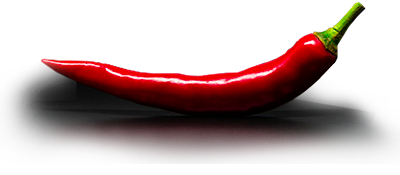Discard at least every 2 weeks in both winter and summer. The frequency can be less if using low salinity, rain or RO (reverse osmosis) water.
Salty water
It may be necessary to discard more frequently (e.g. every 7 days) when using salty make-up water because nuisance chemicals build up more rapidly to toxic levels - especially during hot, dry weather.
Method of discarding
Poorly designed hardware can make discarding a tedious and messy task. So consider this at the design stage. Unfortunately, most system designs are not sympathetic to the hassles of discarding. Consider the advantages of the following design features:
- Install an in-line 2-way valve between the pump and feed outlets to divert the nutrient flow to waste (Fig 12.1a).
- Design a sloping floor into the reservoir which slopes towards a sump from which the nutrient is drained (Fig 12.1b). This will help remove the last few litres containing the bulk of the sediment. Another simpler method can be to tilt the reservoir towards the outlet.
- ‘Sump’ pumps are convenient for draining reservoirs (Fig 12.1c). They are light, portable and easy to prime, however, they will typically only drain to a depth of around 1 inch. Hence a sloping reservoir floor or built in sump is needed for best results.

Where to discard
Use the remaining nutritional benefit in the ‘waste’ nutrient by placi
ng it on your garden or over a large area of grassland. Do NOT put it in waterways, drains, toilets or on sand as this can cause environmental damage, such as algae blooms and ground water contamination.


